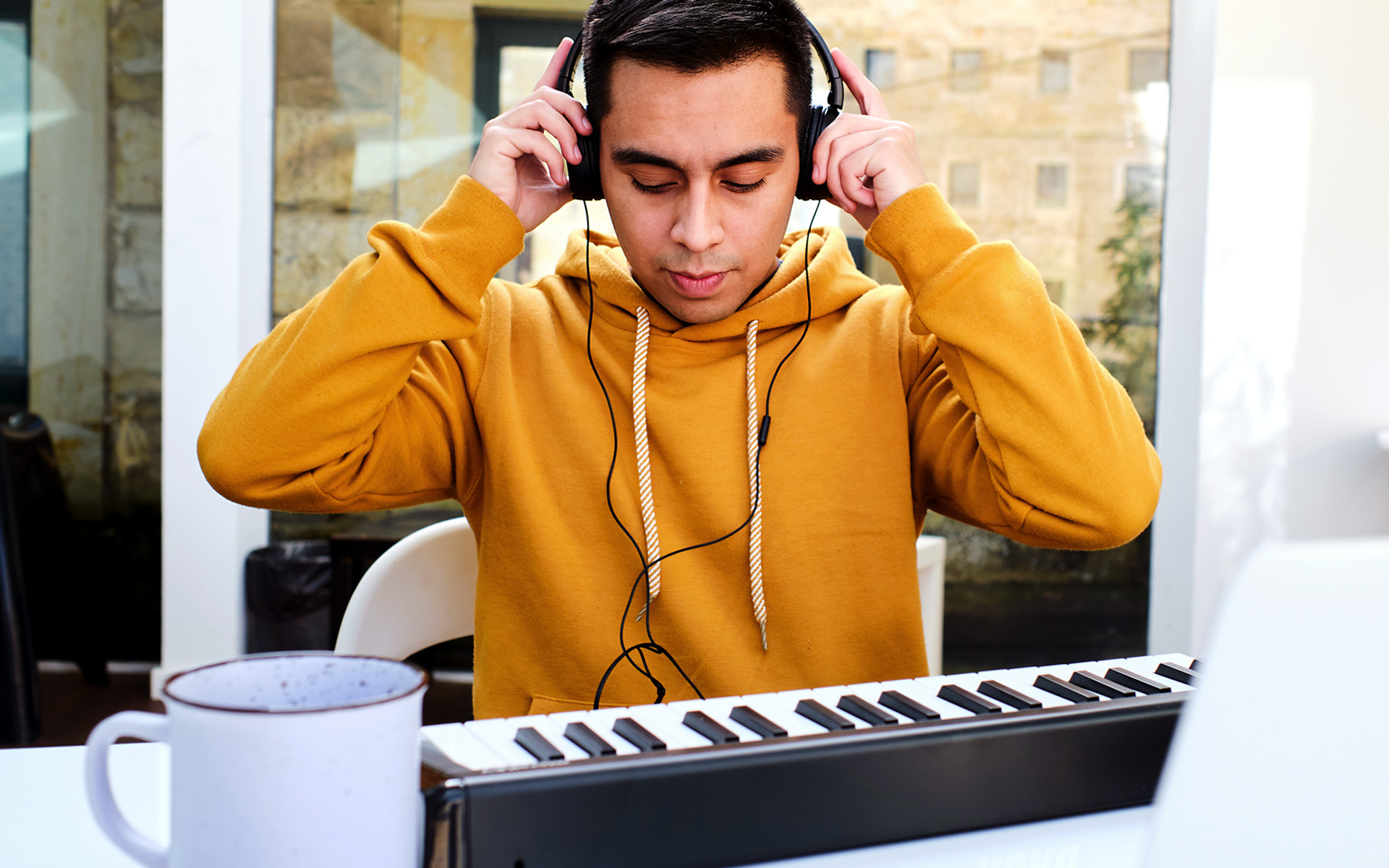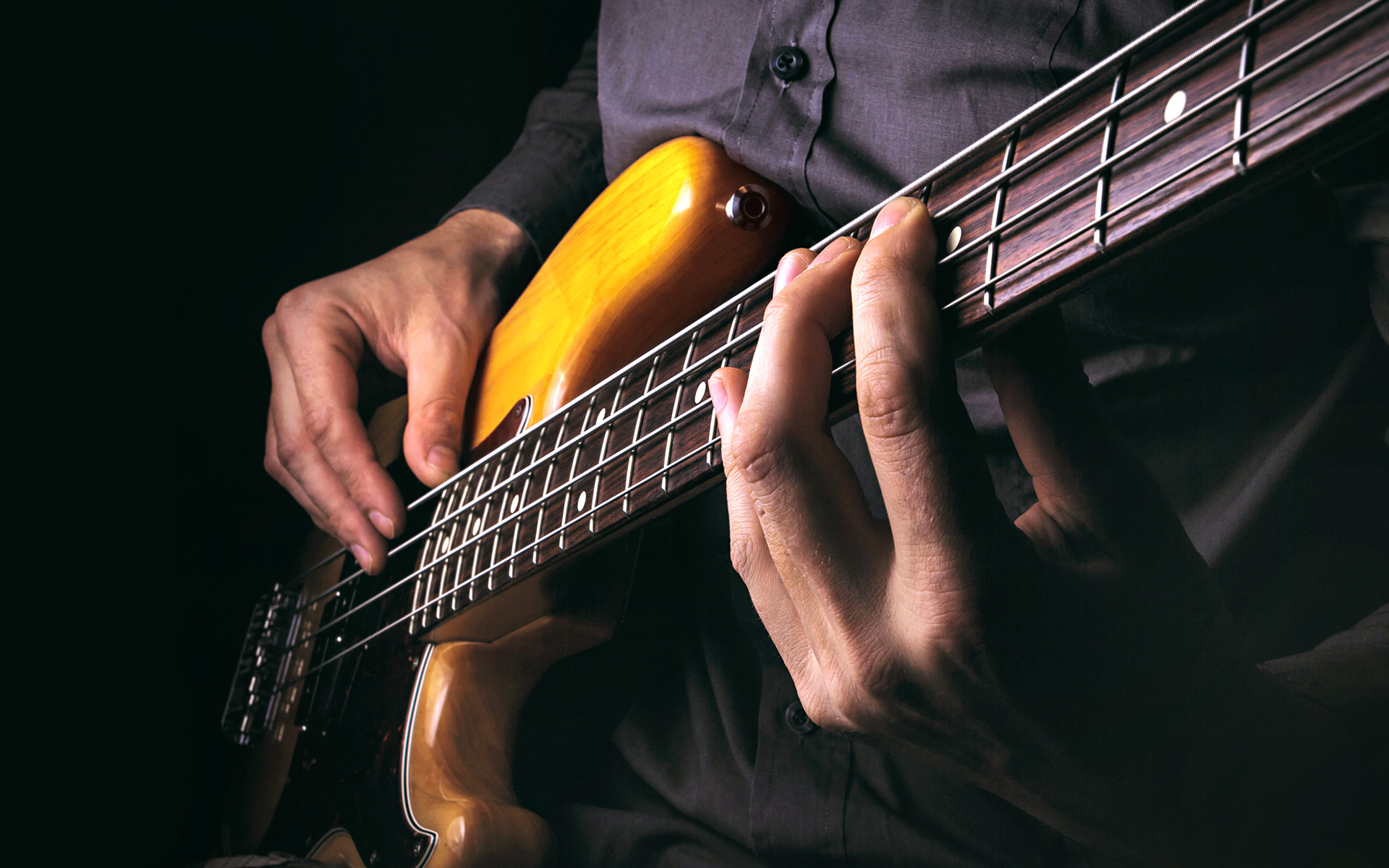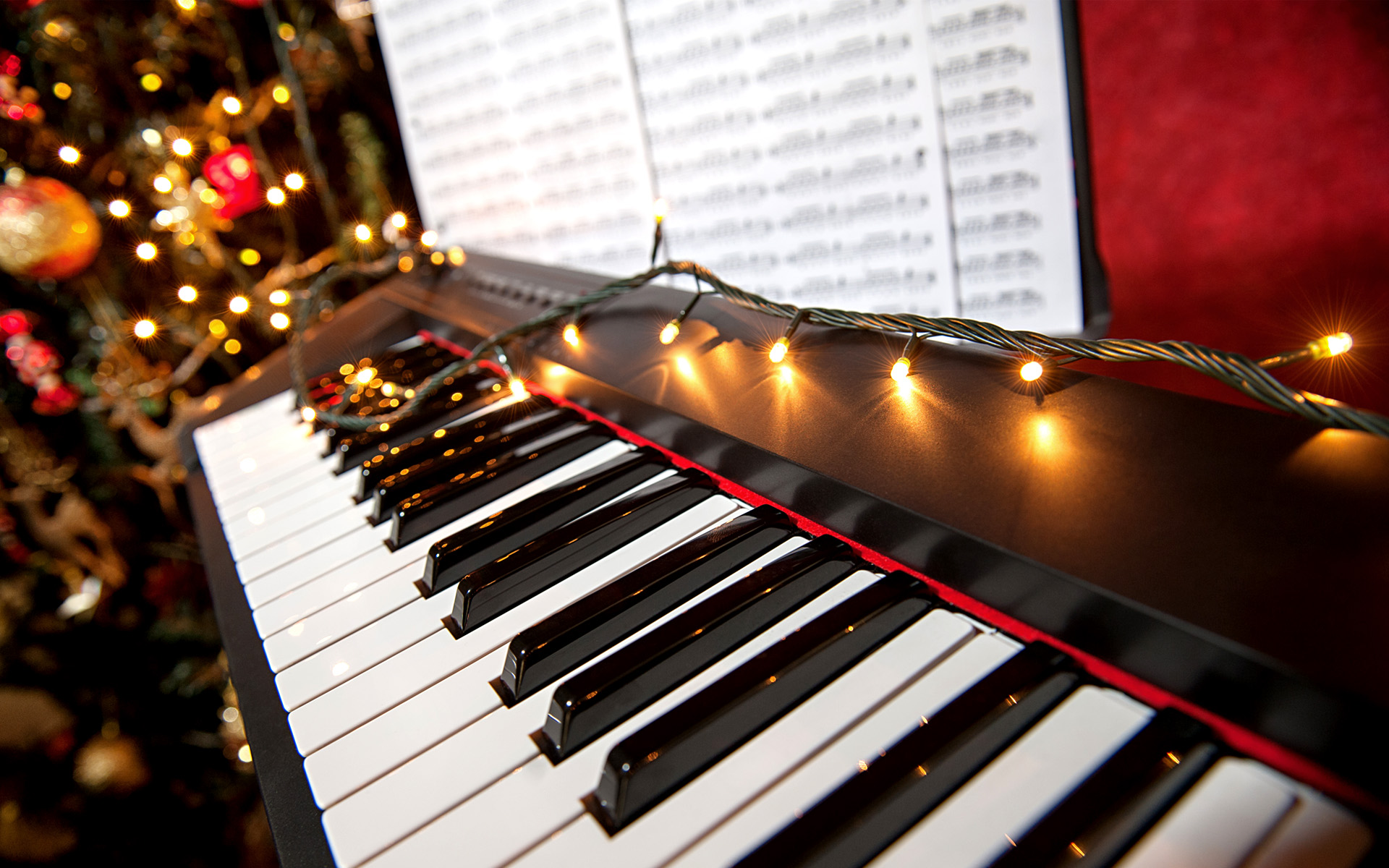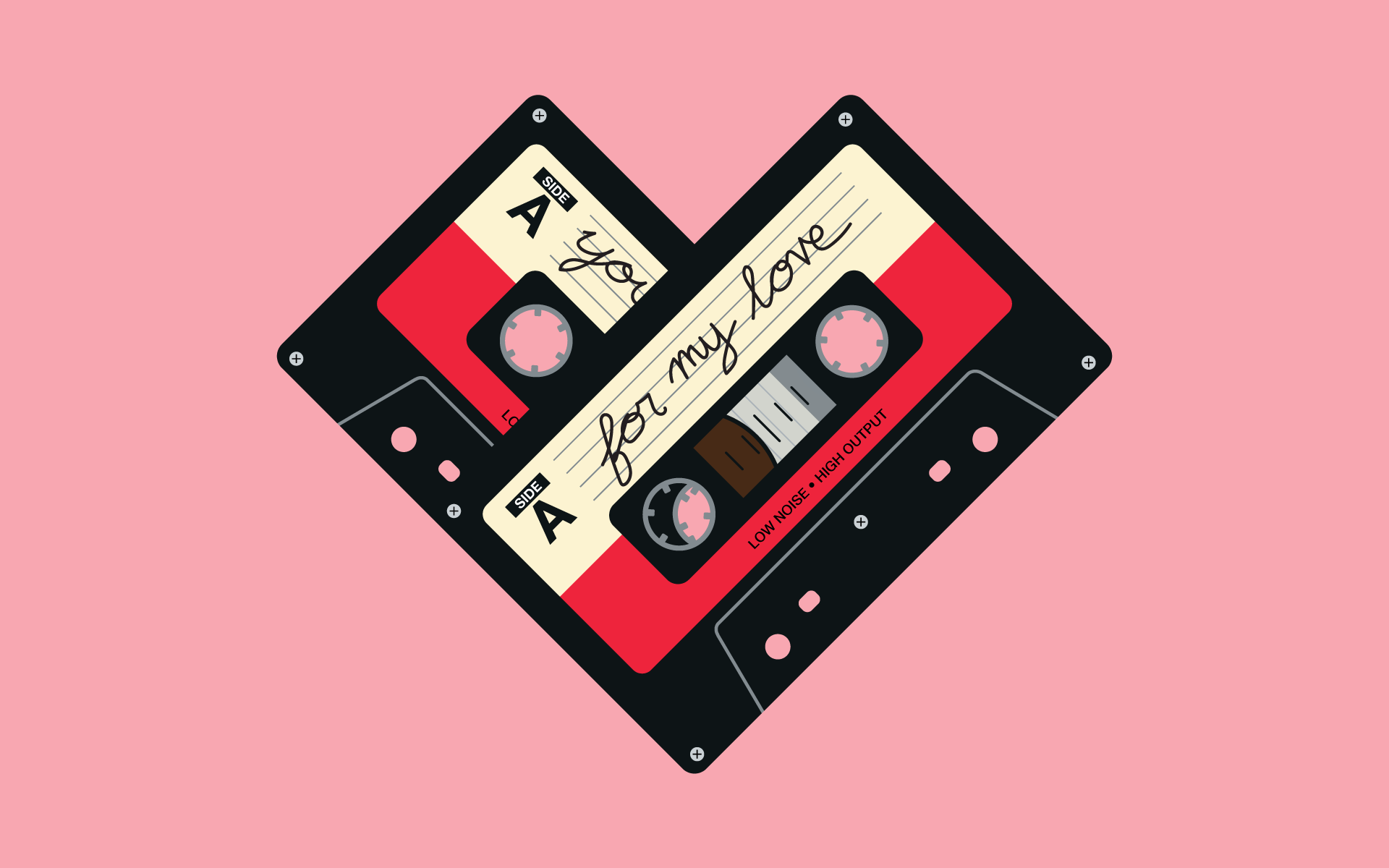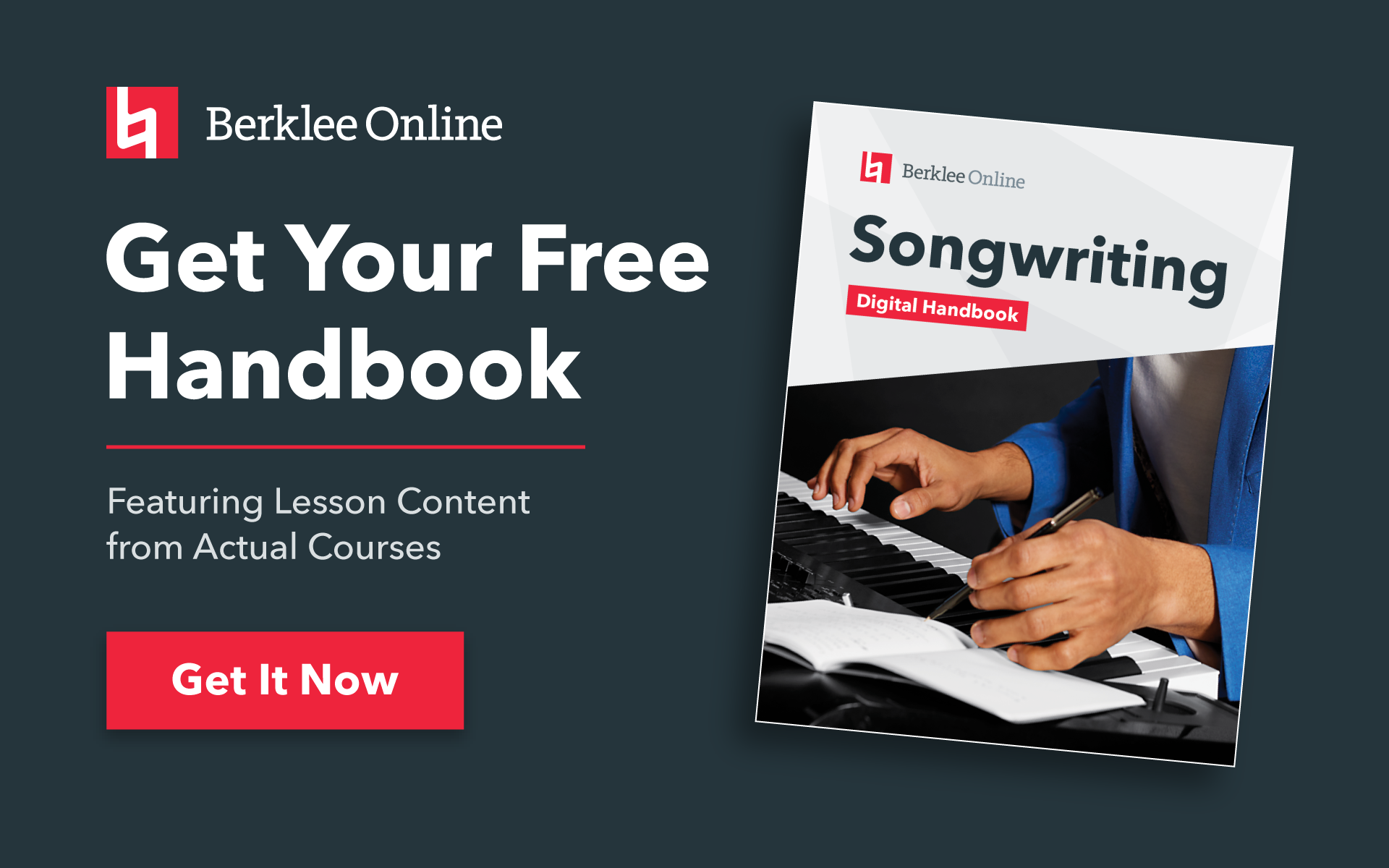In my opinion, the most powerful tool a songwriter has is the ability to write using sensory language. Sensory language is the language that uses touch, taste, sight, sound, smell, and movement. When we write using our senses, we draw the listener into the experience. The listener becomes a participant in the story, feeling the intensity of the emotion we are describing.
Different styles of music use sensory language in different ways. Country music relies heavily on sensory language, and literal, concrete description we call ‘showing’ language. R&B relies much more heavily on ‘telling’ language, focusing on thoughts, feelings, and statements. However, even in styles of music where there is little sensory language, the sensory language that there is serves a very specific purpose.
We should not underestimate the power of a single line or two of imagery and how it can grip the listener. Even if you don’t use sensory language often in your song lyrics, the ability to draw from it will make you a more discerning writer. Having a vocabulary of sensory words enables us to stand behind the telling language that we write and know that we’re really saying something.
Take just five minutes a day and practice using sensory language. Start by choosing an object, a location, or a person to write about. Write in paragraph form, and don’t try to rhyme or fall into a specific rhythm. Just let your ideas spill out, without judgment, without assessing how useful they may be as song lyrics.
If you’re interested in learning more great tools on how to sensory write, consider enrolling in the course Lyric Writing: Tools and Strategies. For tools on how to turn your sensory writing directly into complete lyrics, consider the course Commercial Songwriting Techniques.
Happy writing,
Andrea







